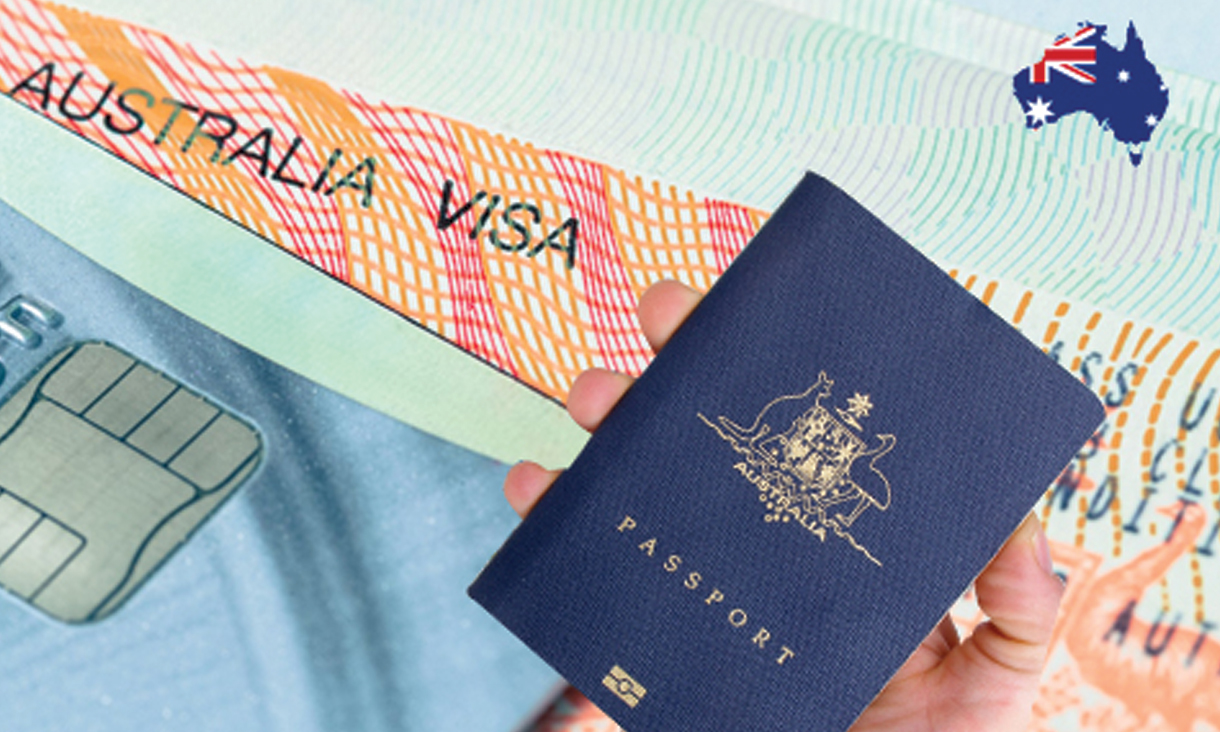Beginning in 2024, the Australian government has declared plans to revamp the country’s immigration system. Through its Migration Strategy, the government has outlined proposed reforms aimed at creating an immigration program that is more “suitable for its intended purpose.”
The most notable proposed changes are as follows:
New In demand Skill visa to replace TSS (SC 482) visa:
The Australian government aims to implement a new Skills in Demand visa in late 2024, replacing the current Temporary Skill Shortage (subclass 482) visa. This new visa will have three pathways based on the different earnings of the foreign worker in Australia:
Firstly, The Essential Skills pathway for foreign workers earning less than AUD 70,000 in critical industries, with strict regulation and compliance measures to prevent worker exploitation. This is still under development.
Secondly, The Core Skills pathway for the majority of foreign workers with earnings between AUD 70,000 and AUD 135,000. This visa is for occupation listed on the core skills occupation list.
Lastly, The Specialist Skills pathway for foreign nationals earning at least AUD 135,000 (excluding high-earning trades workers, machinery operators, and labourers). This pathway is likely to be processed faster than other 2 streams.
A key feature of the Skills in Demand visa is the shift towards greater worker mobility across industries, better reflecting how skills are currently utilised and will increasingly be utilised in the labour market. Holders of this visa will have enhanced pathways to permanent residency, with employment periods with any approved employer counting towards residency requirements and expanded options to apply through self-nominated independent pathways, such as a reformed points test.
General Skilled Migration Points Test Reforms
The government will consider developing a new points test to more effectively identify independent migrants who will make the greatest contribution to the country. The reformed points test may place more significant weight on factors such as education, English language skills, occupation, and age, rather than whether an applicant has completed credentialed community language or Professional Year qualifications. These changes are implemented to ensure more weightage is given to education, age, work experience etc instead of professional year or community language test. These will be taken as a welcome change by most in the community.
Genuine Student Requirements instead GTE Requirements:
Effective March 23, 2024, the Australian government has replaced the Genuine Temporary Entrant (GTE) requirement for student visas with a new Genuine Student (GS) requirement. This change applies only to student visa applications lodged on or after March 23, 2024. Applications submitted before that date will still be assessed against the previous GTE requirement.
All student visa applicants must show that they are a genuine student intending to study in Australia as their primary purpose. The GS requirement aims to include students who, after studying in Australia, develop skills needed in the country and may later apply for permanent residence. This means the department now accepts student visas as a valid pathway for Permanent Residency of Australia.
To be granted a student visa, applicants must satisfy either the genuine student criterion or the genuine student dependent criterion. In the online application, they will be asked:
- To provide details about their current circumstances, including ties to family, community, employment and economic situation.
- To explain why they wish to study their chosen course in Australia with that specific education provider, demonstrating understanding of the course requirements and living in Australia.
- To explain how completing the course will benefit them.
- To include any other relevant information.
- The change reflects the government’s intention that studying should truly be the primary purpose for student visa holders coming to Australia.
Stricter English language requirements for student visas and Graduate visa
One of the key changes is that there will be stricter English language requirements for student visas. This means that international students will need to have a higher level of English proficiency in order to be eligible for a visa.
The English language testing requirements for student and temporary graduate visas will increase, with the following new minimum scores:
- Temporary Graduate visa: IELTS (or equivalent) score raised from 6.0 to 6.5
- Student visa: IELTS (or equivalent) score increased from 5.5 to 6.0
- English Language Intensive Courses for Overseas Students (ELICOS): IELTS (or equivalent) score raised from 4.5 to 5.0
- University foundation or pathway programs that provide English language training: New minimum IELTS (or equivalent) score of 5.5
The increases apply to all student and temporary graduate visa applications lodged on or after March 23, 2024.
New age limit for temporary graduate visas
Another change is the introduction of a new age limit of 35 years for temporary graduate visas. These visas allow international students to stay in Australia after they have graduated to work for a few years. The new age limit will mean that only graduates who are under a certain age will be eligible for this type of visa.
New visa for Pacific migrants
The government is also introducing a new visa specifically for Pacific migrants. This visa will make it easier for people from Pacific Island countries to live and work in Australia.
These are just some of the key changes that are being made to Australia’s visa system in 2024. If you are considering applying for an Australian visa, it is important to be aware of these changes. You can find more information on the Australian government’s website.




